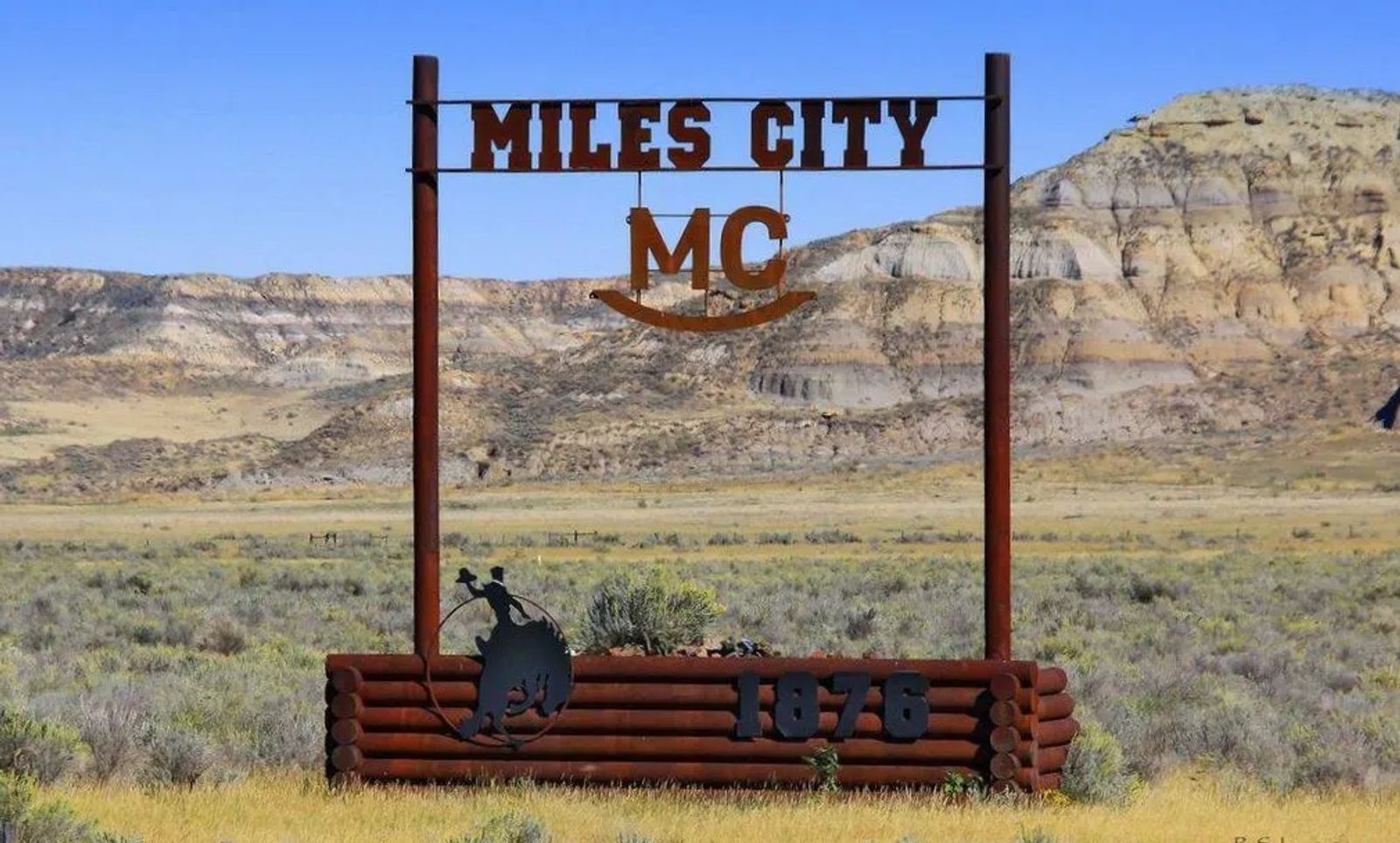
Miles City: Rooted Like Grass
The kind, young traveling nurse from Chicago was busy tending to the hospital patient I was visiting. She paused for a minute to answer my question: What do you notice most about Miles City? “You all are just a lot tougher,” she said. “It takes a lot to get someone in here.”
The reputation of toughness is not unfounded.
The largest town in Montana east of Billings got its start in the 1870s as a military post, overseen by Col. Nelson A. Miles. Fort Keogh, today an agricultural research station, was home to cavalry sent out after the Battle of the Little Bighorn. Soldiers stationed in the Wild West still wanted goods — and entertainment — and the need was met by “sutlers,” those who followed and sold things to the army. Businessmen drifting in to vend from log shacks, and service providers, not always of worthy repute, formed the original “Miles Town.”
Shaped by the culture of the soldier and Indian, cowboy and cattleman, horse breeder and buffalo hunter, the town grew up at the confluence of the Tongue and Yellowstone rivers. But it was what was outside the riverbanks that spurred the growth: a rich sea of native grass.
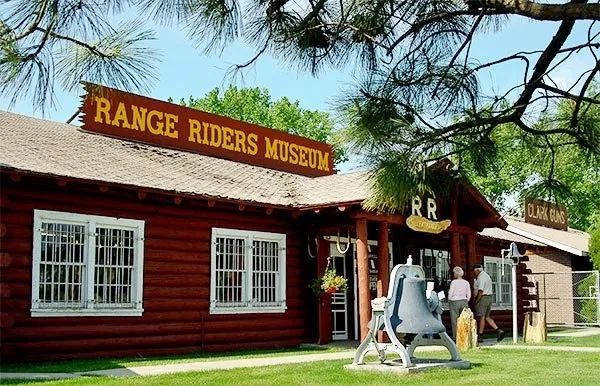
“Most of our history is somehow tied to grass,” says Bunny Miller, who, along with her husband, Gary, is curator of the Range Riders Museum in Miles City. Set in a sweet spot designed by Mother Nature, the arid plains of Eastern Montana grow native forage that sustains cattle — and previously buffalo — with more abundance than surrounding regions. Far from “flat,” as some perceive, the area’s rough buttes and deep creek beds create natural shelter for livestock to thrive.
This hearty, green catalyst drew the cattle. With the cattle came the horses and cowboys. The railroad brought the homesteaders and created an outlet for ag commodities. These deep roots formed a community that today remains true to its origins.
“There were so many different ways of life in this town,” Miller says. “And in many ways, those ways of life are still represented today. Things may change a little as technology changes, but there’s a common thread that is connected to the way it ‘used to be’ that sustains the lifeblood of this community.”
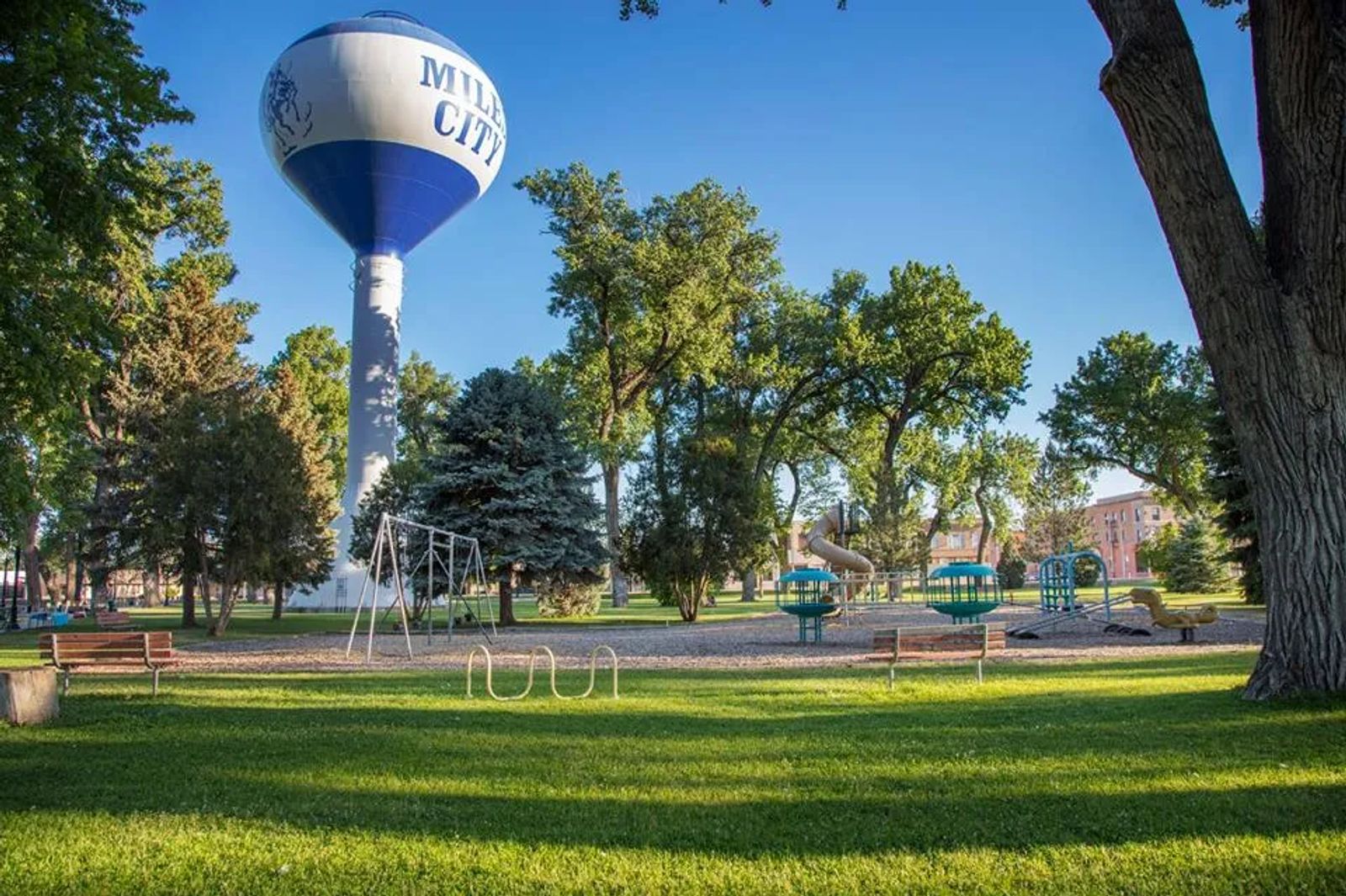
Along Main Street
John Laney is executive director of the Miles City Area Chamber of Commerce. “The culture here is unique in that it’s a western town with a little extra spark,” he says.
As noted by the name of the chamber — Miles City Area — the economics of the town are enhanced strongly by surrounding counties. “Visitors from surrounding smaller towns help us stay the way we are,” Laney says. “We always say ‘Shop at home first, but if you can’t find it, make us your next choice.’ We have a Main Street that stretches 80 miles in every direction to encompass our trade area. On our own, we would not be nearly the town we are. It makes for a much better life for all of us.”
It’s a lifestyle of people who have learned to survive where the population is low, rainfall is often scarce, and distance between amenities is far. Those who grew up here come from generations of strong people. Those who move here come for the small-town way of life, where people still look out for each other.
“The lifestyle here is one where everyone gives,” Laney says. It’s not just talk, it’s the real deal. Just look at the number of benefits for people who are sick or in need — when the chips are down we’re standing side by side.”
Year-round hub
As the nucleus of Eastern Montana, Miles City keeps the streets hopping, and not just during the beautiful spring, summer and fall. Visit the Bobby Burns Festival in January, an event where you can wear your Scottish kilt — or not — and still have a great time. February draws ranchers to the Beef Breeders Show, where Main Street is converted to cattle pens and breeders showcase their best bulls. March draws regional smaller town residents to the Class C boys and girls basketball tournaments. April brings “Disney princesses” to the historic Miles City Academy for a fundraiser for the stately, historic mansion that was once an Ursuline Convent.
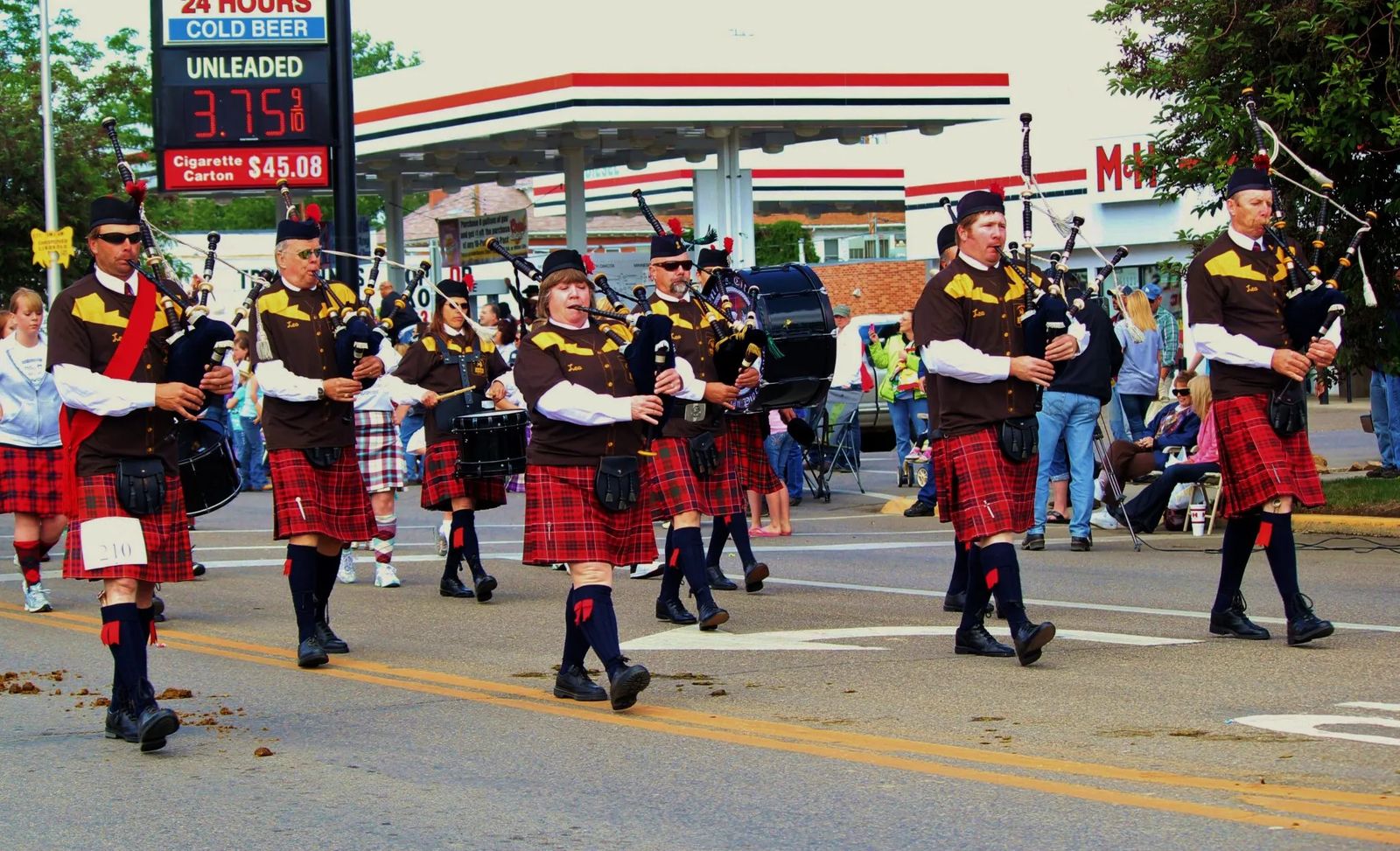
May ushers in summer with the event that put Miles City on the map — the Bucking Horse Sale. In June the Miles City Ranch Rodeo showcases the region’s best, along with the Cowtown BBQ Cook-off, Ryno-Palooza music festival and the Badland Bowl football game. July offers an impressive fireworks display on the 4th and later the well-supported Relay for Life and multi-state baseball tournament. August showcases the Rockin’ MC Brewfest. Later, the Eastern Montana Fair wraps up the regional fair season, and hosts the seven-county Champion of Champions youth market steer contest, as well as a PRCA rodeo, concert and carnival.
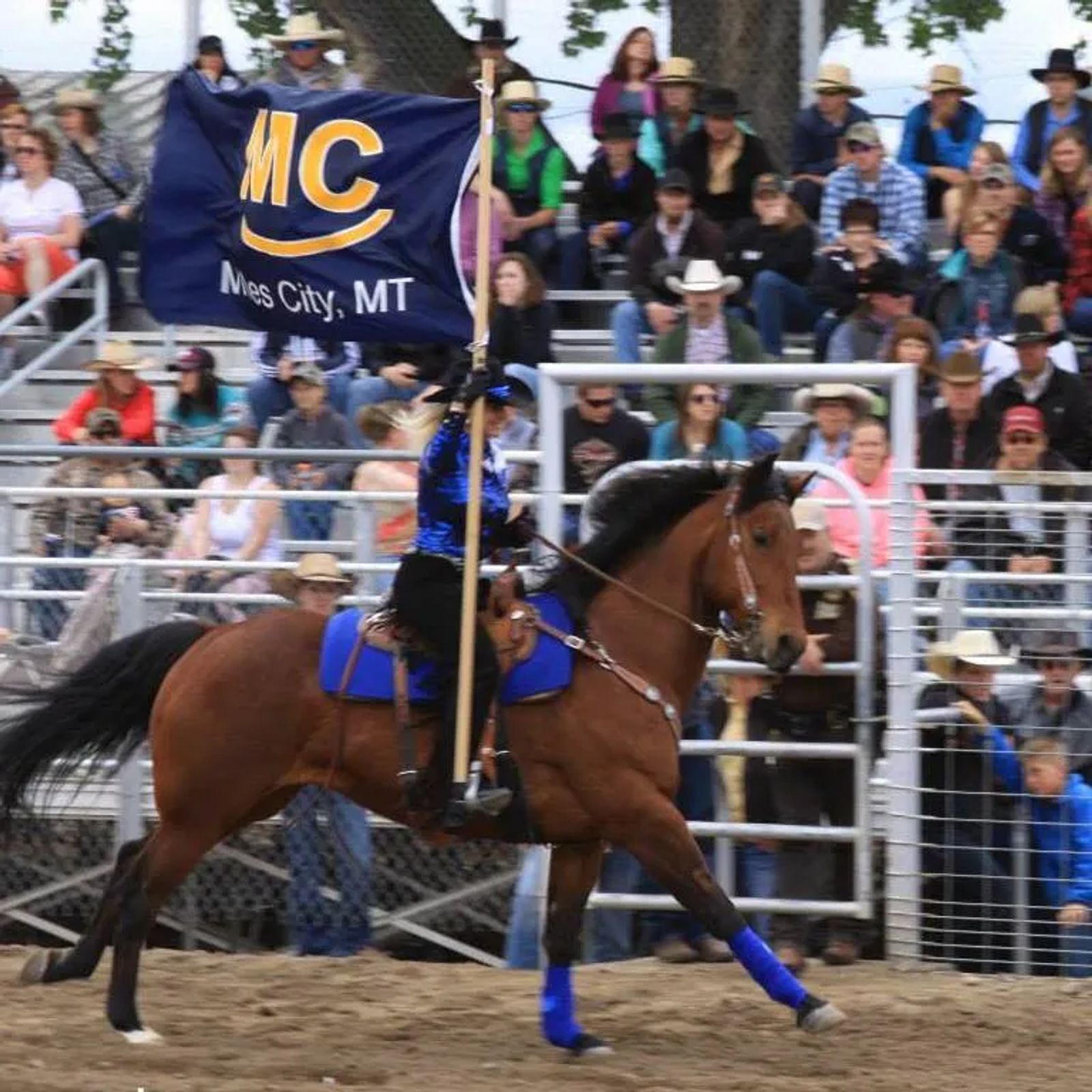
September brings the Eastern Montana Ranch Rodeo Finals and the heavily attended Ag Appreciation Banquet. October is time for the Hoofin’ It for Hunger half-marathon and races, which raise money for Montana Food Banks. In November the popular Christmas Market kicks off the holiday season. December offers a variety of visits from Santa and Christmas entertainment and closes out the year with Erin’s Crystal Ball to raise money for terminally ill children and young adults in Montana.
The WaterWorks Art Museum is a cultural leader, and a variety of art classes can be found at various locations around town. Miles Community College has seen increased enrollment and recently enhanced its agriculture and rodeo programs with the addition of an indoor arena and classroom center.
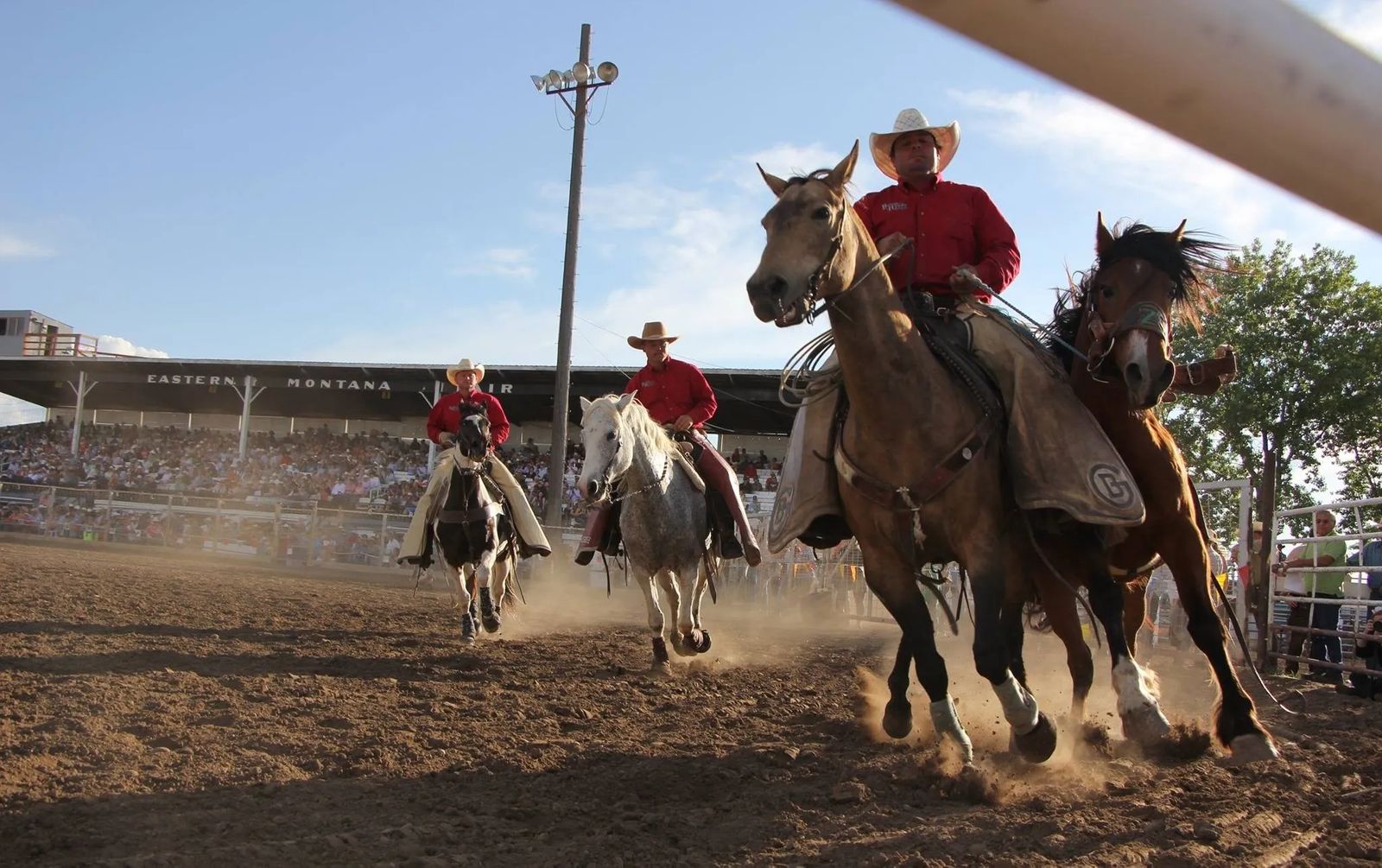
Boot prints in the dust
Time and technology have not passed Miles City by. Horses aren’t ridden to school — at least not on a regular basis. Not everyone wears boots, although, as Miller notes, “If they stay here long enough, we eventually win them over.” Some of the largest employers and industries include Holy Rosary Hospital and other healthcare providers, many government agencies, the education system, and the region’s oil fields. Abundant wildlife provides a boon to local businesses during hunting season, as a host of local outfitters and guides bring in out-of-state hunters.
Yet, the boot prints are still evident. Miles City is the epicenter of one of the last regions in the nation where historic, large ranches are still functional and economically independent.
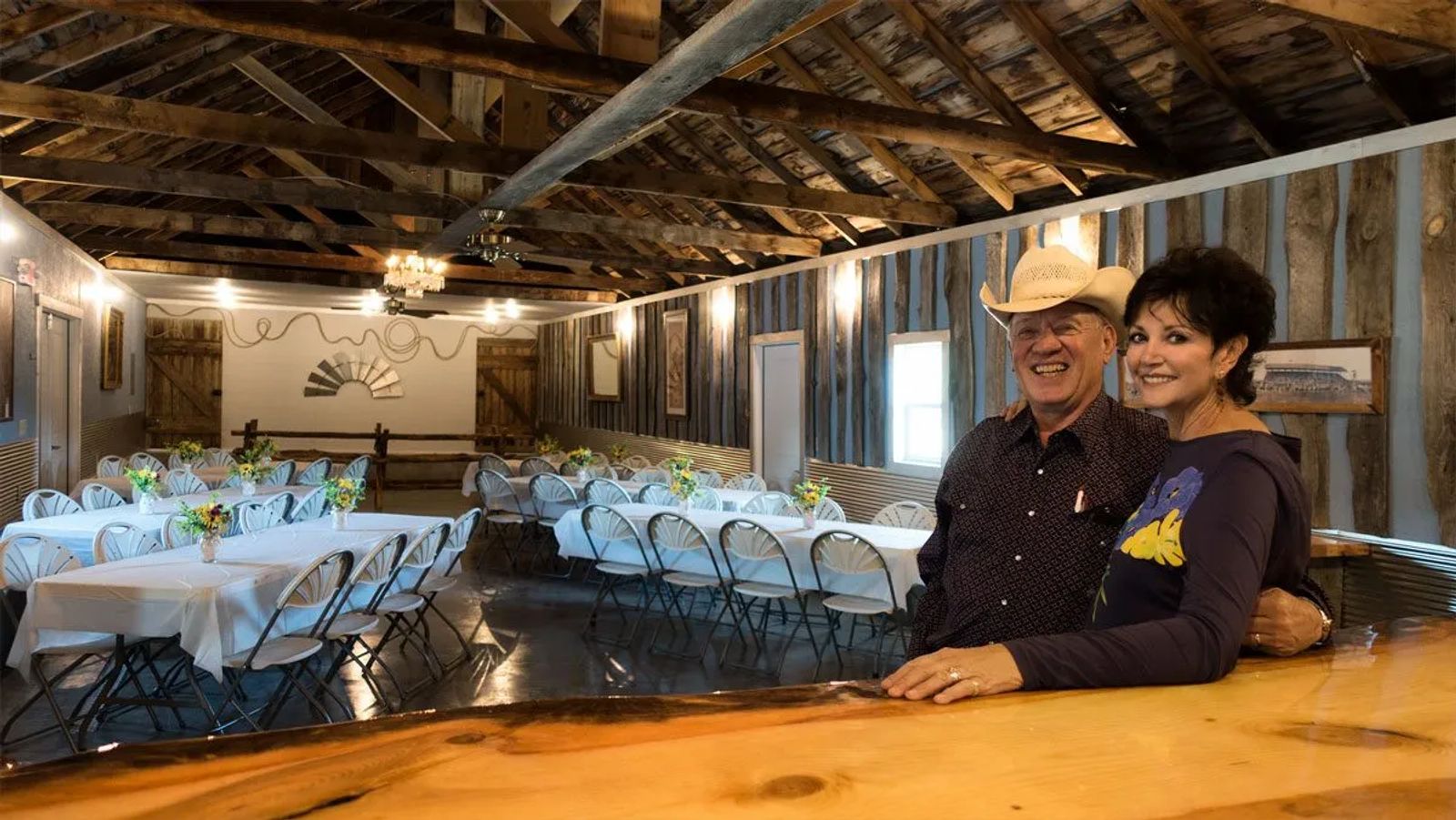
Butch Krutzfeldt grew up ranching in the area, and today owns several businesses in Miles City. “You’d be hard pressed to find an area with the big ranches left like we still have here,” he says. “The grass still grows and land is still available here.”
And it’s not happenstance that the mascots of the town’s high school, Custer County District High, are the Cowboys and Cowgirls. Most kids in town, even those not raised on a ranch, have had the opportunity to help with a cattle branding, or just go out of town to the country for a weekend with friends. And one could argue that exposure to this strong work ethic has contributed to the wall of state trophy plaques lining the CCDHS gymnasium.
“We still have a lot of young men and women who have maintained a skill set that is unique to farming and ranching,” Krutzfeldt says.
Miller estimates that of the more than 1,300 homesteaders and pioneers venerated in the Range Riders’ Memorial Hall, roughly 75 percent of their families are still involved in agriculture.
“There’s just a deep pride here in being a cowboy or a cowgirl,” she says. “There’s something about that heritage — generations take what they learned from grandma and grandpa or mom and dad and put that into their life.”
Much has changed, but so much remains the same.
The very fiber of this town maintains deep roots, staying true to the influences and people that formed it. Roots that are bound tightly to the dirt and the land — like the grass which sustains these people.















